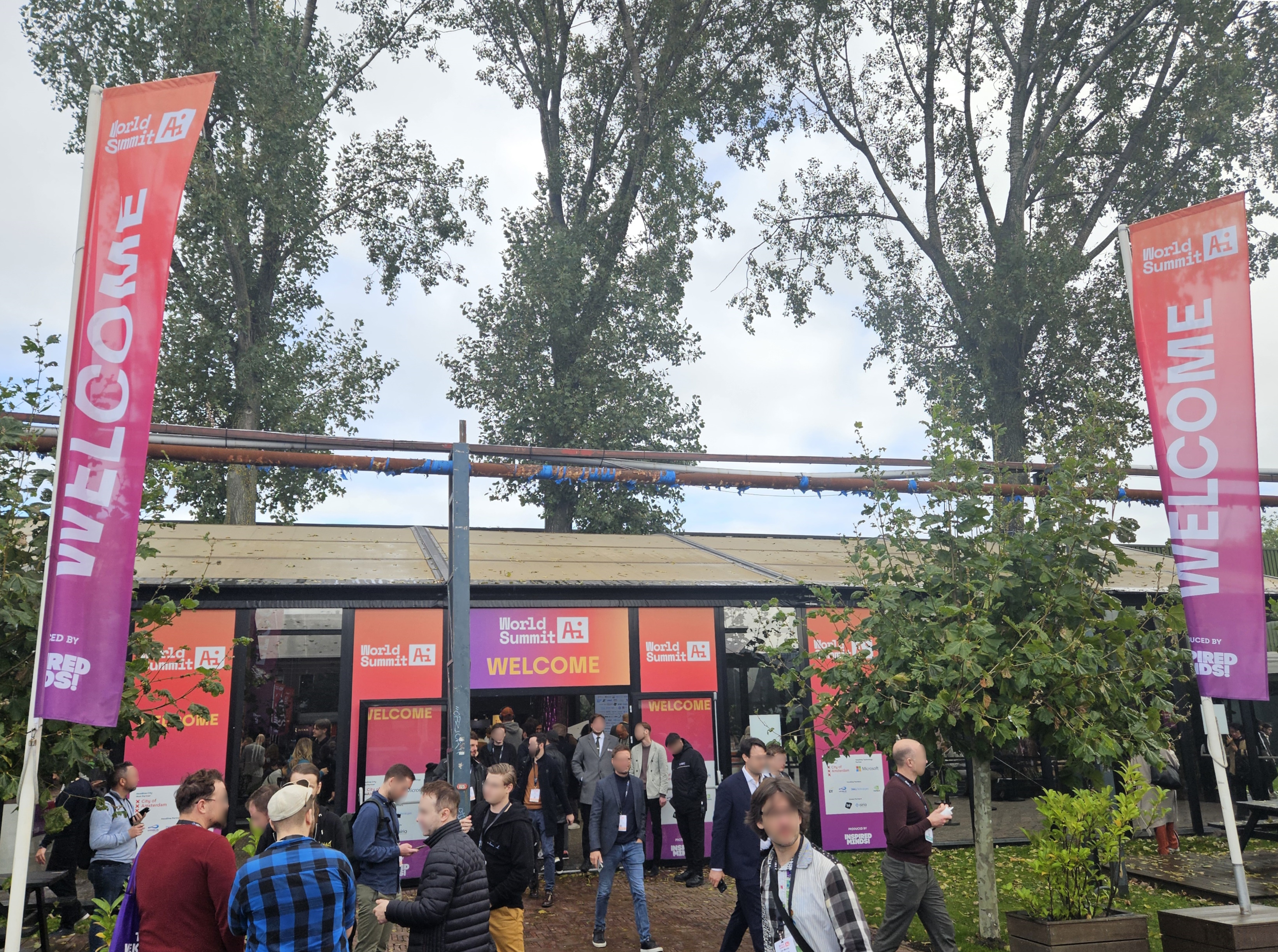Artificial Intelligence’s Brief Day in the Sun
Attending the World Summit AI conference in Amsterdam this week felt eerily reminiscent of the Internet World conferences of the late 1990s. Just like those events, the World Summit AI showcased a curious blend of business solutions and technology innovations, revealing an indecisiveness about what attendees truly sought from an AI-centric gathering.
The atmosphere at the conference reflected this uncertainty. While generative AI dominated discussions, conversations about machine learning, computer vision, and various other AI applications filled the air. Interestingly, the dialogue surrounding generative AI is shifting toward a phase I like to call “anti-hype hype.” The once-glamorous cheerleading for generative AI—so much a part of 2023—has yielded to a more tempered conversation focused on substance.
Navigating Complexity in AI
How do we ensure AI serves humanity rather than the other way around? Discussions about security, compliance, and the environmental impact of generative AI were prevalent. Attendees grappled with whether generative AI extends beyond merely enhancing last year’s technology with chat interfaces. The questions raised were not only numerous but also profound, as answers often veered into educated speculation.
Despite this turbulence, I unearthed several calmer moments, primarily in the form of vendors presenting innovative, sometimes disruptive, AI offerings.
AI Solutions for Business
Many exhibitors showcased various business solutions that raised eyebrows about their relevance to an AI conference. Companies like Struck.build BV, based in the Netherlands, displayed AI-driven solutions tailored for the construction industry. Their offering utilizes generative AI to sift through complex design documents, local regulations, and other unstructured data, thus providing critical insights into compliance challenges. Struck benefited from free booth space in the City of Amsterdam’s pavilion, highlighting local support for startups.
Another participant, AQ22 UAB from Lithuania, employs generative AI to streamline processes for business loans packed with paperwork. Their technology identifies key elements in documents, easing the review burden for human analysts. Interestingly, AQ22’s motivation for attending the conference was to secure funding—an indication of the burgeoning interest from venture capitalists scouring the event for promising investment opportunities.
 Emerging AI solutions in business applications
Emerging AI solutions in business applications
Voxdiscover BV, another Dutch company, offers AI-based market research services, delivering invaluable market insights without the steep costs associated with traditional human interviewers. Although they attended the World Summit not as exhibitors but in search of partnerships, their innovative approach captured significant interest.
On a different note, Germany’s iqast (RSG Software GmbH) presented supply chain forecasting software that predates the generative AI trend. Their algorithms harness computational intelligence and machine learning across multiple data sources, enabling reliable predictions in multifactorial scenarios. Despite the rigors of traditional business development targeting, the company’s offerings stood out as practical resources for companies looking to gain a competitive edge.
Building and Scaling AI Applications
While the presence of business solutions felt somewhat misplaced at a technology-focused event, several AI platforms made their mark. These platforms have risen in response to a pressing need for efficient AI application development within organizations experimenting with the technology.
One especially noteworthy vendor, Airia, hails from Florida and has developed an AI orchestration platform that aids in building and deploying AI applications throughout the development lifecycle. With its broker model supporting multiple large language models, Airia addresses the urgent issue of “model churn” created by the rapid rollout and retirement of these models by vendors.
Conversely, Nebius B.V. from the Netherlands approaches AI application development from the ground up, leveraging powerful GPU hardware. Their partnership with Nvidia positions them to create dedicated data centers that provide scalable solutions at competitive rates—a crucial benefit for organizations seeking cost-effective AI technology platforms.
Another intriguing platform comes from Orq.ai (Orquesta B.V.), designed to facilitate collaboration between technical and business teams, essential for constructing effective AI applications. Given the heightened dependency on data, having subject matter experts coordinate with developers becomes critical in ensuring the success of AI implementations.
Notably, all these platforms share low-code capabilities aimed at streamlining application development through visual interfaces, which are particularly useful for connecting several AI tasks into a cohesive workflow.
Additionally, Zetane Systems Inc. from Canada introduces unique elements to the low-code market with its “full code” interface, appealing to professional developers seeking deeper insights into the operation of their models. Their background in computer vision also allows them to support a variety of AI tasks beyond the conventional text-based models typically associated with generative AI.
![]() Innovations in AI development and collaboration
Innovations in AI development and collaboration
The Evolving Conference Landscape
Reflecting on the trajectory of similar tech conferences, I can’t help but draw parallels with the Internet World events that faded from glory into a niche focus on mundane topics like email marketing. I foresee a similar fate for the AI conference landscape. Vendors might soon seek out more focused conferences, tailoring their presentations to align with specific industry interests rather than general AI.
In just a few years, the distinctions that set AI conferences apart from broader technology gatherings may blur, as AI becomes just another tool in the enterprise tech toolkit. As I contemplate the future of World Summit AI, I remain uncertain if such events will have staying power beyond a few more cycles.
In the meantime, I encourage stakeholders to leverage AI’s moment in the spotlight while it lasts. The journey is daunting, but the opportunities afforded by these innovations are tremendous, if approached with intention and foresight.
Conclusion
The dynamic nature of AI and its applications poses a fascinating challenge for all involved. As we navigate this rapid evolution, it is crucial to strike a balance between exploiting its potential and exercising caution. Artificial intelligence, for all its promise, demands a judicious approach to ensure it uplifts society rather than simply adds complexity to our lives.













